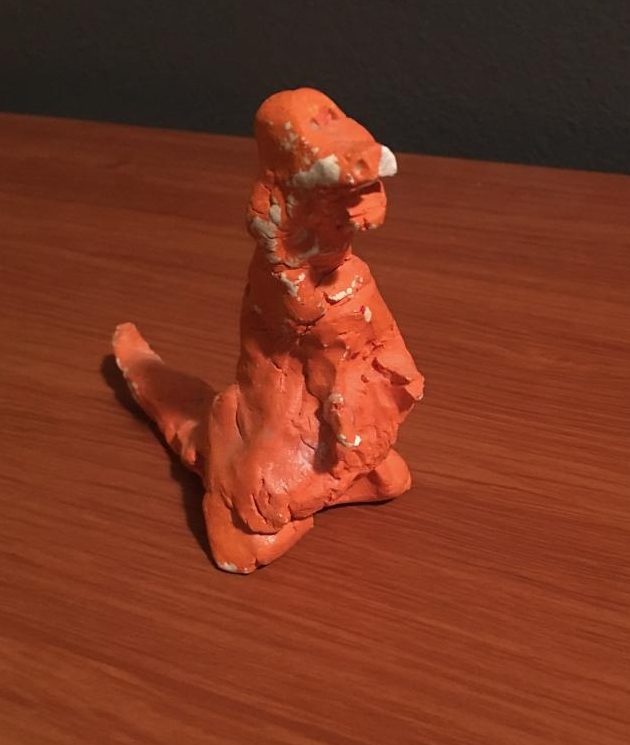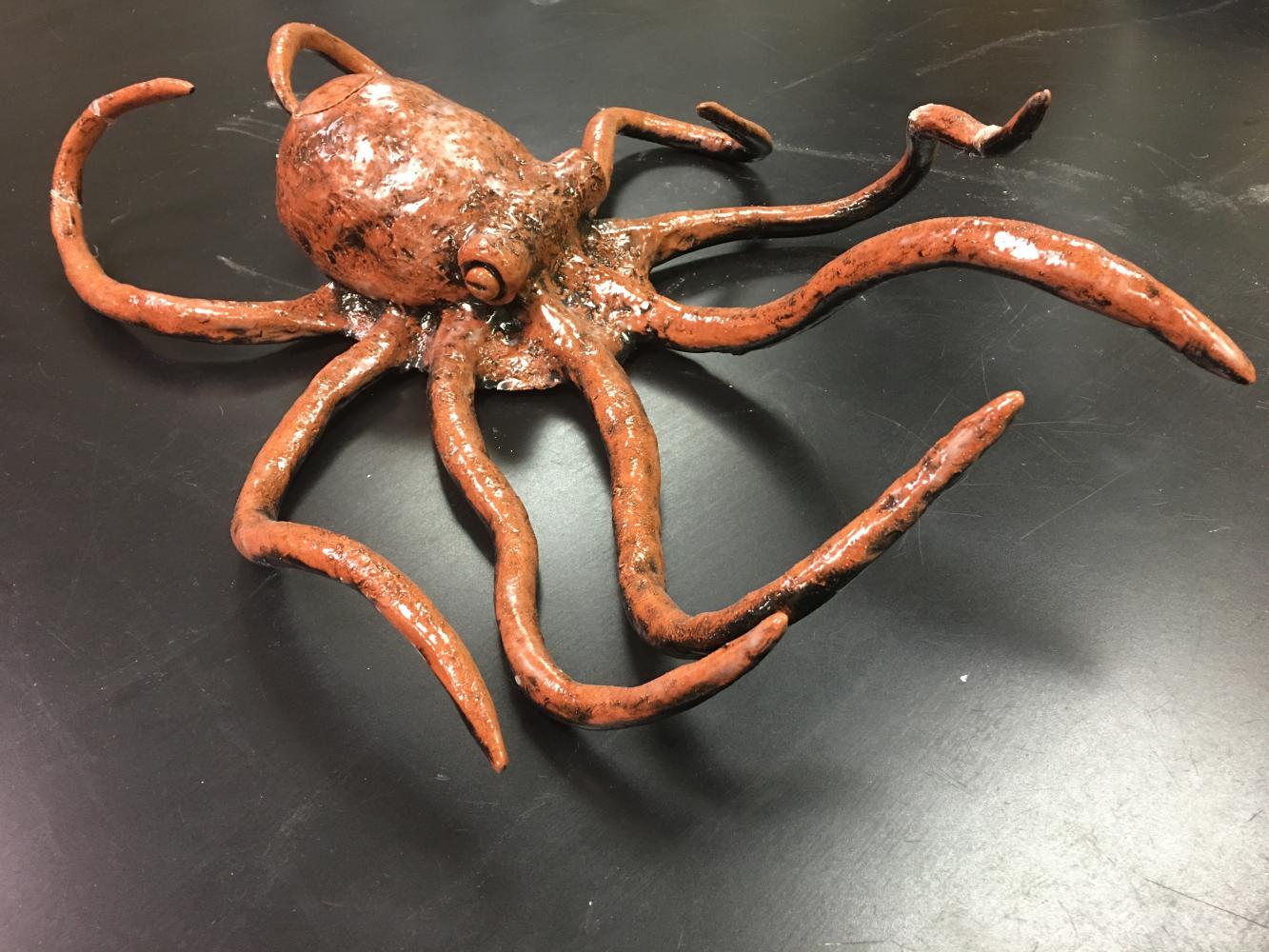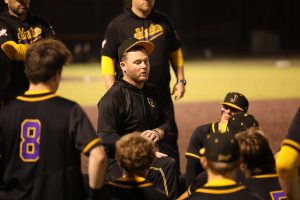Art: anyone can do it
You have to start somewhere
October 11, 2017
Art isn’t about skill level. Think about some artwork you appreciate. Do you enjoy their work because they can paint a tree well or make a proportionate face? Probably not, I’m guessing they evoke some sort of emotional response that makes you think or feel something. Creativity does flourish under expertise, but how do you get there without a starting place? I believe everyone has to start somewhere.
I started drawing as soon as I can hold a crayon, but it’s never too late to begin a new media. I didn’t begin working with ceramics until my sophomore year, which at the time felt too late. I took my first clay class here at school, and it started out slow-paced. Thinking back, that is how art should be introduced. At times, learning brand new practices can be overwhelming. As much as I’d like to just jump right in, it’s less stressful to pace yourself. Rushing through things can also breed bad habits. I wanted to get projects done so I could make as many as possible in one semester. This meant I didn’t put as much effort into pieces that then ended up sloppy.

I felt it was too late to really be involved in ceramics because those who thrive in art tend to find their passion as a young child. I thought this way for quite sometime, until I met Maggie Harlow-Vogt. She was an art teacher at Norwalk High School from 2002-2016, focusing on drawing which included most 2d media. Harlow-Vogt, out of necessity, had to shift to new media after another teacher refused to provide classes for students who were interested in other mediums around 2008. “I found I had to focus on areas that weren’t necessarily my strength such as; sculpture, jewelry, glass and ceramics,” Harlow Vogt said, “I discovered a new love of new materials and enjoyed the challenge of learning, and then teaching techniques to my students. ” Harlow Vogt is now a Studio Education Manager at the Des Moines Art Center after she took several classes.

I didn’t learn how to slow down until clay 2. I realized the importance of planning and thinking ahead. That’s essential for ceramics. Although other mediums can be improvised, having a general theme to work with is helpful for conveying the ideas you want to express. This just pertains to projects. When getting accustomed to new materials, it’s good to explore and take reasonable risks. “Acquiring knowledge is only part of my education,” She said, “The bigger component was play and failure. I love failures, I see them as opportunities to play, explore, and grow. Those moments allow me to stretch as and artist and a teacher.”







Ken • Apr 10, 2020 at 11:45 am
Over the past year, I’ve been blogging about art — https://ukendoart.blogspot.com. I feel the same about visual art as you do. I’m glad that you mentioned sculpting objects out of clay. This is missing in many art curriculums. I enjoy teaching others, young and old, about art history and sharing concepts and projects inspired by artists. Art should be appreciated and talked about in a non-threatening environment free of judgment. As an art docent in schools, I use open-ended questions to engage students in conversations about paintings by famous artists. The first question I lead with is, “Where does your eye go first?” I then remind them that everyone sees something different and that all viewpoints matter. I especially enjoy it when students are able to interject art vocabulary or use creative words to express how an artwork makes them feel. Thanks for your post!